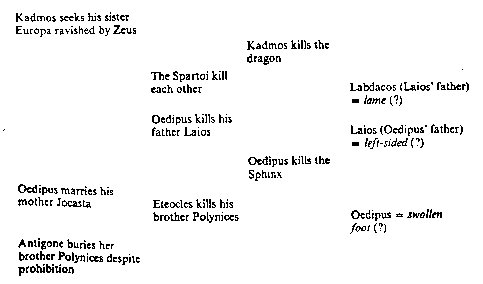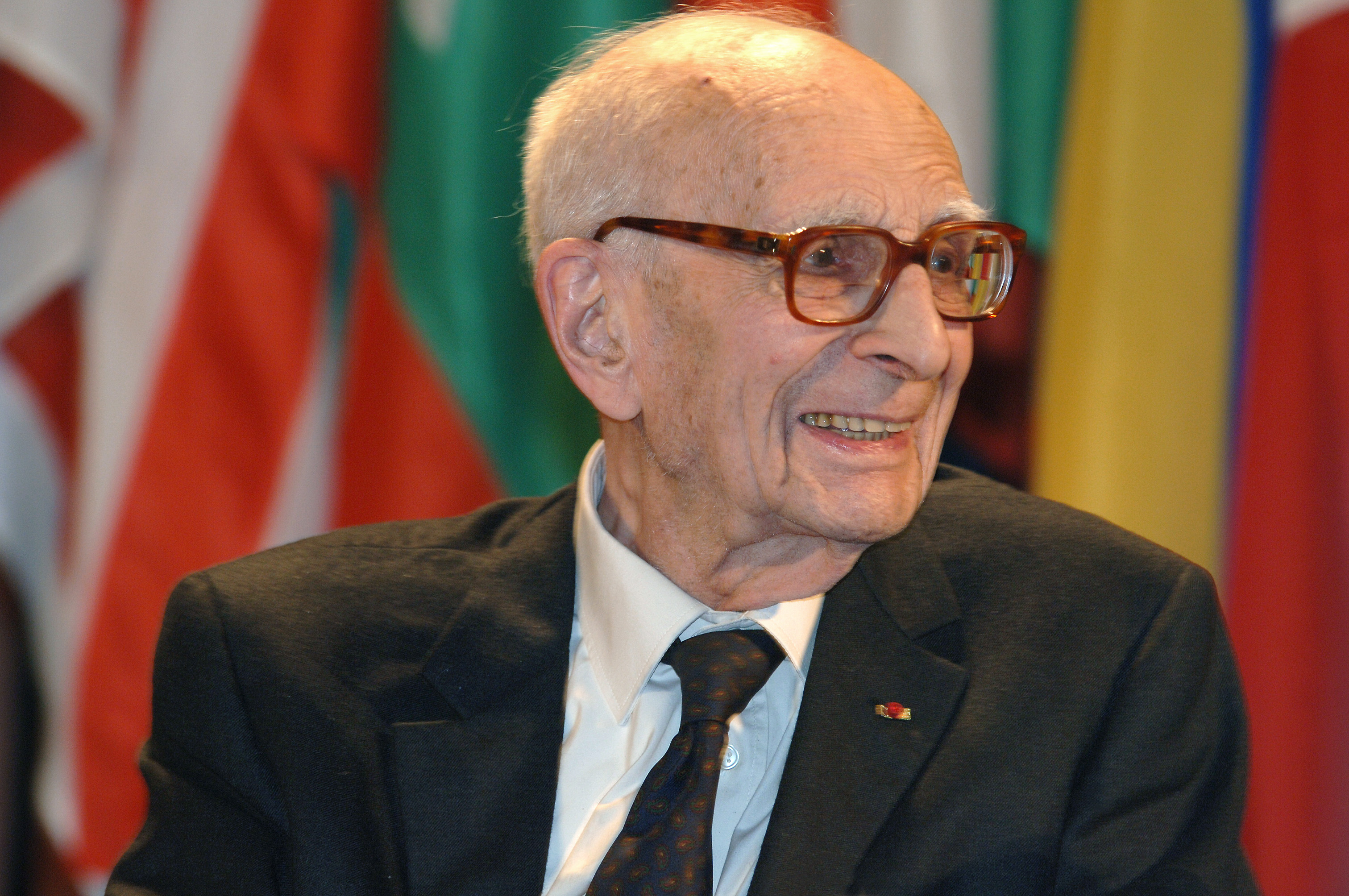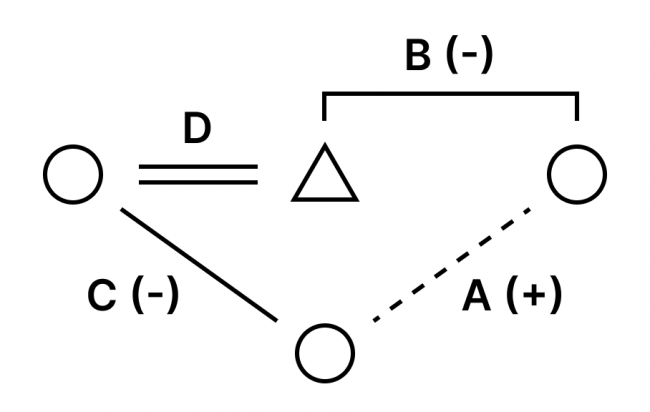Claude Levi-Strauss was a French anthropologist and ethnographer who is considered one of the founders of structuralism, a theoretical perspective that emphasizes the underlying structures that shape human culture and behavior. Levi-Strauss was born in Brussels, Belgium in 1908 and received his education in Paris, where he studied law and philosophy before eventually turning to anthropology. He conducted fieldwork in Brazil and the United States, and his research focused on the indigenous cultures of the Americas.
One of Levi-Strauss's key contributions to anthropology was his development of structuralism as a way of understanding human culture and society. Structuralism is based on the idea that there are underlying structures that shape human behavior and culture, and that these structures can be analyzed and understood through the study of language and other symbolic systems. Levi-Strauss argued that these structures are universal, meaning that they are present in all human cultures, and that they can be studied through the analysis of myths, rituals, and other cultural phenomena.
Levi-Strauss's approach to anthropology was deeply influenced by the work of linguist Ferdinand de Saussure, who argued that language is a system of signs and symbols that are used to communicate meaning. Levi-Strauss applied this idea to the study of culture, arguing that cultural phenomena, such as myths and rituals, can be understood as systems of signs and symbols that convey meaning and structure human behavior and thought.
One of Levi-Strauss's most famous works is his book "The Structural Study of Myth," in which he applies his structuralist approach to the analysis of myth. In this book, Levi-Strauss argues that myths are not simply stories, but rather they are systems of meaning that reflect the underlying structures of human culture and society. He demonstrates how myths can be analyzed and understood through the study of the relationships between their various elements, such as characters, plot, and themes.
Levi-Strauss's work had a significant impact on the field of anthropology and influenced the development of other theoretical perspectives, such as post-structuralism and deconstruction. His ideas about the underlying structures of culture and the role of language and symbols in shaping human behavior and thought continue to be influential in the study of anthropology and other social sciences.
Claude Levi Strauss: Biography, Theory & Structuralism

Proposal The paper proposes to examine Claude Levi Strauss and his One of the distinctive elements of Structuralism is its emphasis on wholes or totalities. Lévi-Strauss's atom of kinship structure deals only with consanguineal kin. What is an example of structuralism? Even though Lévi-Strauss frequently speaks of treating culture as the product of the axioms and corollaries that underlie it, or the phonemic differences that constitute it, he is concerned with the objective data of field research. This concept is still pursued in cognitive anthropology which examines the way people think in order to identify these structures, instead of analyzing oral or written texts. Anthropologists may discover underlying thought processes by examining such things as kinship, myth, and language. But on the other hand, this apparent arbitrariness is belied by the astounding similarity between myths collected in widely different regions.
Claude Lévi

Like William James, Levi-Strauss was very much a functionalist, who argued that primitive and modern people share the same mind and behaviors, and that all human behavior is rooted in some utilitarian value. Леви-Строс је разбио сваку верзију мита у серије реченица, које се састоје од веза између функција и субјекта. We don't have to worry too much about this section because the details he discusses aren't as relevant to the analysis of literature as they are to anthropology. He was born in Brussels in 1908. He became a secondary school teacher but his affairs with anthropology and sociology bloomed when he traveled to Sao Paulo University in Brazil as a visiting professor. In other words, although we may all speak the same language, we are not all able to fully articulate the grammatical rules that govern why we arrange words in the order we do. The paradigm of structuralism is primarily concerned with the structure of the human psyche, and it does not address historical change in culture Lett 1987, Rubel and Rosman 1996.
Structuralism and the Works of Levi Strauss

He answers this question not by the content of myths, but by their structure. Titchener, who invented the term structuralism. To prove this point, Strauss goes into rather lengthy analysis of Oedipus myth, Zuni myth and analyzes a Pueblo myth with a similar structure. After WWII, he taught at the New School for Social Research in New York. Овим, Леви-Строс објашњава зашто гавран и којот имају противречну личност када се појаве као митске варалице: Варалица је посредник.
The Structuralism of Claude Levi

Structuralism is a method of interpreting and analyzing such things as language, literature, and society, which focuses on contrasting ideas or elements of structure and attempts to show how they relate to the whole structure. All three seek the hidden layers below that determine the formations above. If we can get these two down, I think we can say 'job done. Claude Levi-Strauss: The Formative Years. The story, or narrative, of the myth exists on the diachronic left-to-right axis, in non-reversible time; the structure of the myth exists on the synchronic up-and-down axis, in reversible time. This notion, that the whole is greater than the parts, draws upon the Gestalt school of psychology. Stated simply, it might be easy to kill the guy from the neighboring tribe.
Клод Леви

English and other Romance languages use an alphabet derived via Roman Latin from the Phoenician alphabet. Narendra Nath Sen Gupta Narendra Nath Sen Gupta 23 December 1889 13 June 1944 was a Harvard-educated Indian psychologist, philosopher, and professor, who is generally recognized as the founder of modern psychology in India along with Indian Scientist Gunamudian David Boaz. Леви-Строс је предложио да енглески наслов буде Pansies for Thought позајмљујући из Офелијиног говора у La Pensée Sauvage на француском увек су штампана са сликом дивљег цвета дан и ноћ на корицама. Diamond further remarks that "the Trickster names 'raven' and 'coyote' which Lévi-Strauss explains can be arrived at with greater economy on the basis of, let us say, the cleverness of the animals involved, their ubiquity, elusiveness, capacity to make mischief, their undomesticated reflection of certain human traits. On his return to France, he became involved with the administration of the directeur d'études of the fifth section of the While Lévi-Strauss was well known in academic circles, in 1955 he became one of France's best-known intellectuals by publishing Tristes Tropiques was nonfiction.
Claude Levi

Subscribers to Leonardo are also granted access to Leonardo Electronic Almanac. What are the basic principles of structuralism? La Vie familiale et sociale des Indiens Nambikwara. Yes, most would agree with his assertion that there are some cultural traits that seem to stretch across people groups. Visions of Culture: An Introduction to Anthropological Theories and Theorists. As a student of Philosophy, he went against the contemporary thinking lines of French philosophers of those times such as Neo-Kantianism, Bergsonism, phenomenology, and existentialism. He has been criticized for taking such a position in defining social structure in terms of models of thought or formats of thought.






